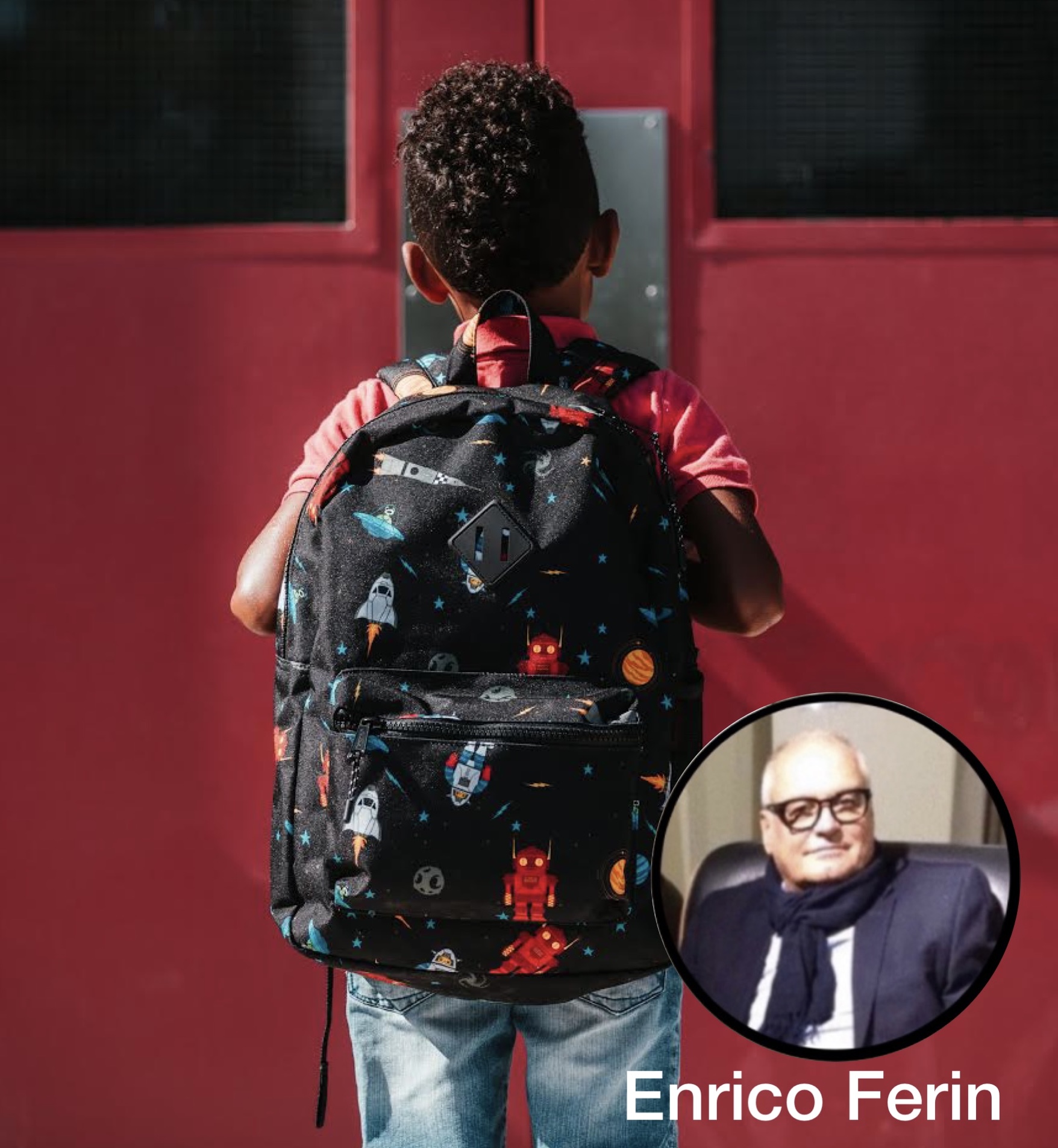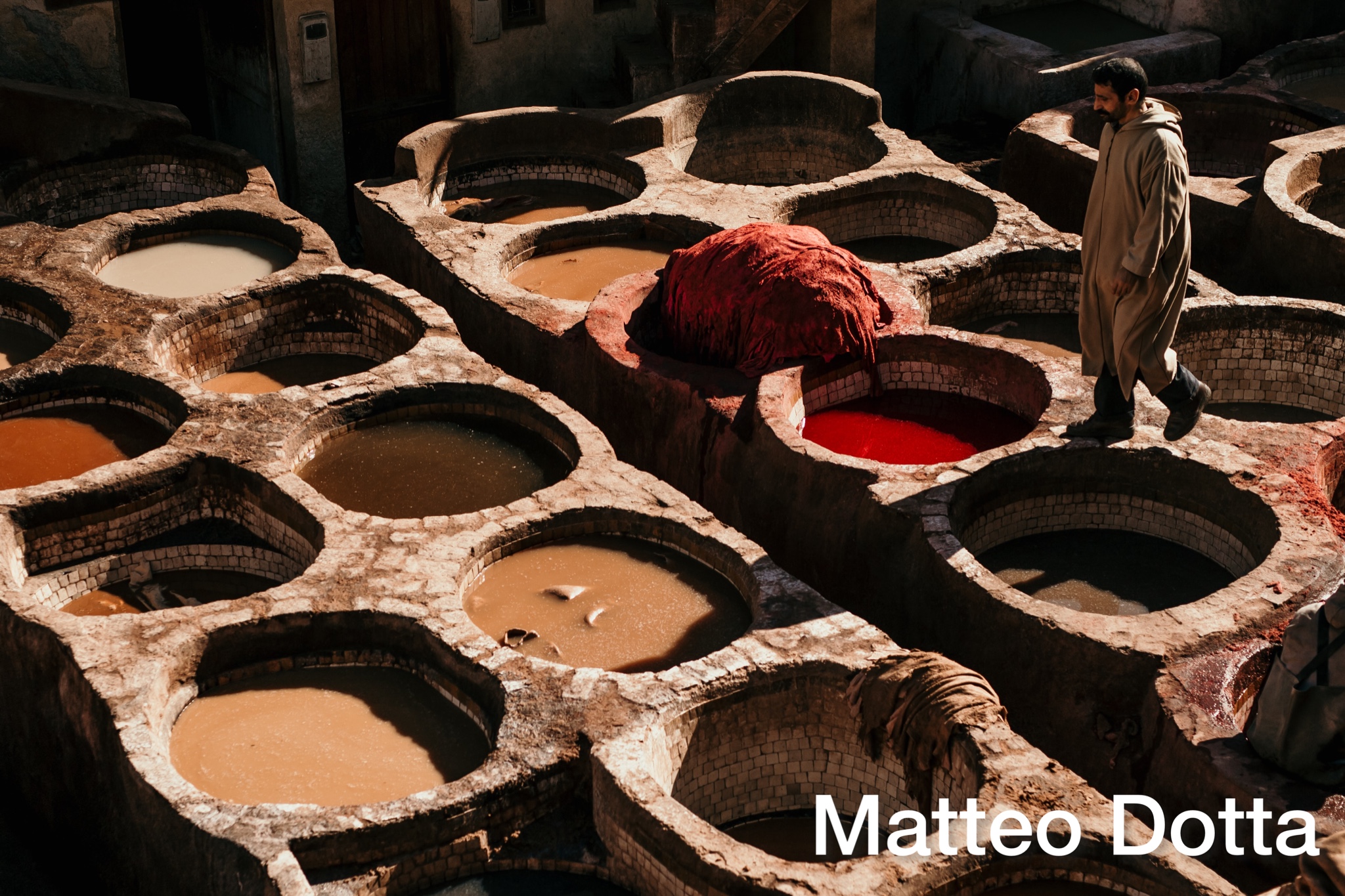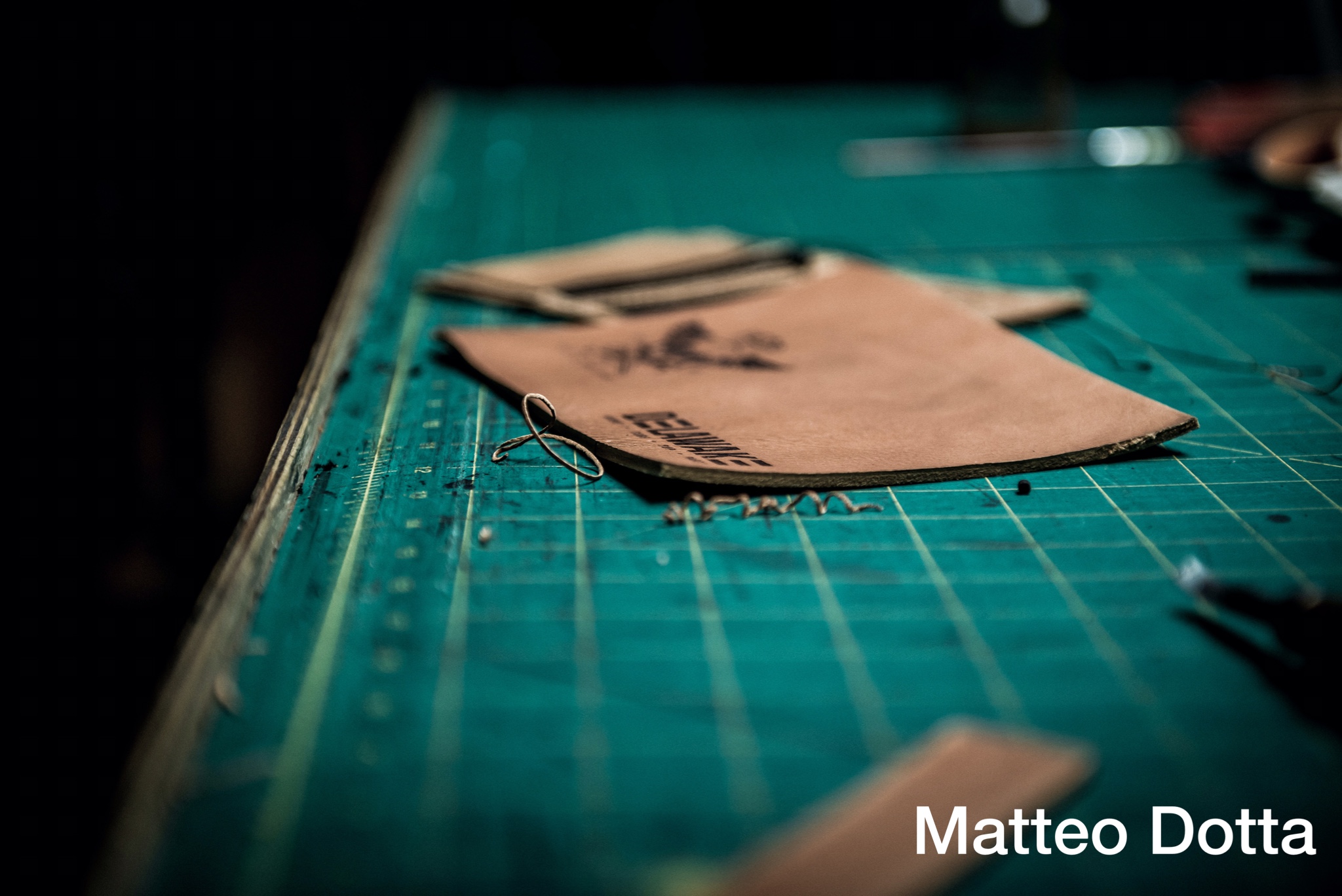In the previous article, I talked about the history of leather.
Today I will begin to describe the technical aspect and the production cycle of leather.
The processing cycle begins with the arrival of the raw hides in the tannery and, depending on the conservation, the wet cycle called Riviera begins.
Riviera operations are those chemical and mechanical treatments that precede the actual tanning and have the function of preparing the raw leather under the right conditions to receive the tanning substances.
Rinverdimento
The first phase of the Riviera’s work is the Rinverdimento.
In particular, it aims to restore the leather to the conditions in which it has just been skinned with a water content of 60/65%.
In this way, the water lost during the storage phase is returned to the skin.
This is a fundamental operation for all subsequent processes that will be carried out in special drums.
There are different types of raw hides and skins on the market that are conserved in various ways with a water content that varies from raw to raw.
With the Rinverdimento we have to use different specific procedures for each type of conservation.
Types of conservation:
- fresh skins
- fresh salted skins
- dry skins
1. Rinverdimento of fresh skins
The conservation of fresh skin is short-term and is done with rapid cooling.
With this preservation system, the hides keep the same amount of water present in the skin of the living animal.
In this case, the Rinverdimento has washing times between 4 and 6 hours with a bath ratio of 200% water relative to the weight of the rawhides to which salt is added to favour the absorption of the water itself.
2. Rinverdimento of fresh salted skins
Before processing the salted hides we proceed with the “salt beating” which is carried out mechanically to eliminate and recover the salt from the leather.
This type of preservation reduces the water content in the leather to 40/50%.
With the Rinverdimento it is, therefore, necessary to bring the natural value of the water to about 60/65% as well as to solubilize the proteins and eliminate blood and dirt.
In this case, either a continuous washing with running water for one hour or two times with 200% water is done before Rinverdimento.
Then the actual Rinverdimento is carried out with 200% of water in special drums for 16-24 hours with the addition of surfactants, salts, and enzymes.
3. Rinverdimento of dry skin
Dry skins contain about 30% of water so they require longer Rinverdimento times.
The mechanical action must be avoided in the first stages of Rinverdimento as the fibers are too rigid because they are dehydrated and mechanical operations can break them.
Then we proceed with a pre-Rinverdimento in drums filled with water with soaking and antibacterial agents where the skins remain immersed for 3-7 days.
Once the skins have finished their stay in the drums, they are placed in other special drums with 200% water for 16-24 hours with the addition of surfactants, salts, and enzymes to complete the actual Rinverdimento.
For the Rinverdimento operation, the typical size of the riviera phase drums are 4×4 or 5×5 meters (diameter x width).
The capacity of the drums varies between 20-50 m3.
Influential factors
There are a number of factors that influence Rinverdimento and are:
- the PH of the bath
- Temperature
- Time
- the amount of Water
A pH of the Rinverdimento bath at values between 9.5 and 10 (neutrality is 7) and a high quantity of water in the bath have an accelerating action of the process.
The consequence of this is that the leather becomes softer and cleaner without the so-called nerve.
In this context time also has its importance, the greater the time of Rinverdimento, the better the skin’s hydration.
On average, the Rinverdimento operation lasts from 12 to 24 hours depending on the type of skin to be treated.
Temperature is another important factor, normally we work at a temperature of 24-25° C.
The increase in temperature accelerates the penetration of water inside the skin.
At the same time, it accelerates also the growth of bacterial flora which can damage the leather.
In this case, it is necessary to add an antibacterial product.
On the contrary, at lower temperatures there may be insufficient Rinverdimento, resulting in closed, less clean, and wrinkled skins.
At the end of the Rinverdimento operations, the leathers are drained of excess water by staying in special containers for 4/6 hours.
They are then weighed and the Rinverdito-weight is obtained, on which the quantities of products necessary for the following operations can be calculated, which are Calcinaio and Depilation.
The greatest environmental impact in the Rinverdimento phase is the high water consumption as well as the use of chemical products.
In order to have a lower impact on water consumption and possible water waste, in Riviera’s processes water is almost totally recovered and reused for the production cycle.
End of first half
At this point, we are in the middle of the Riviera phase.
In order not to make the reading too heavy, I will describe the other half in the next article.
…don’t miss it…



